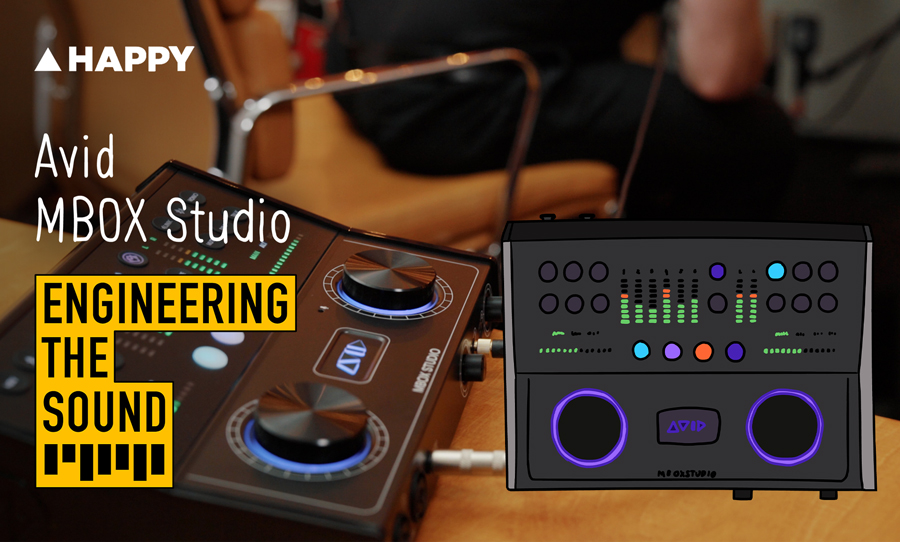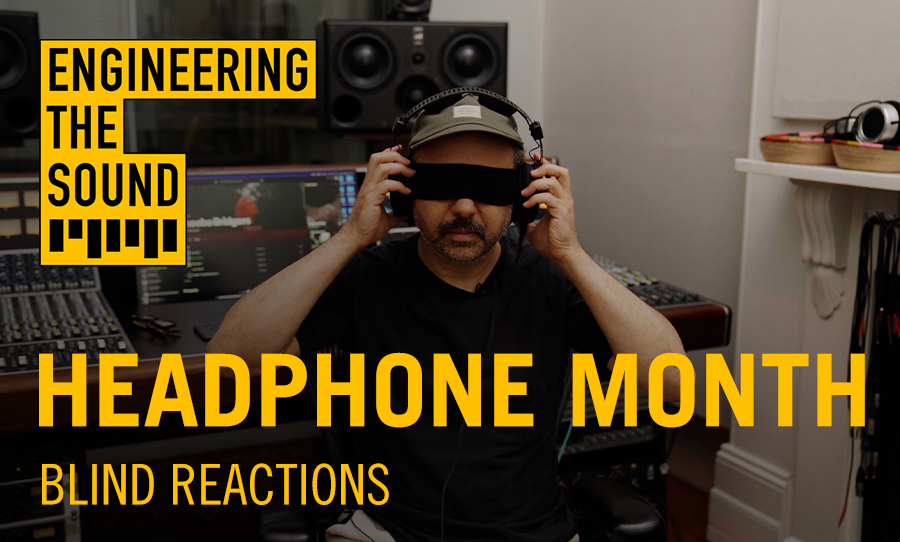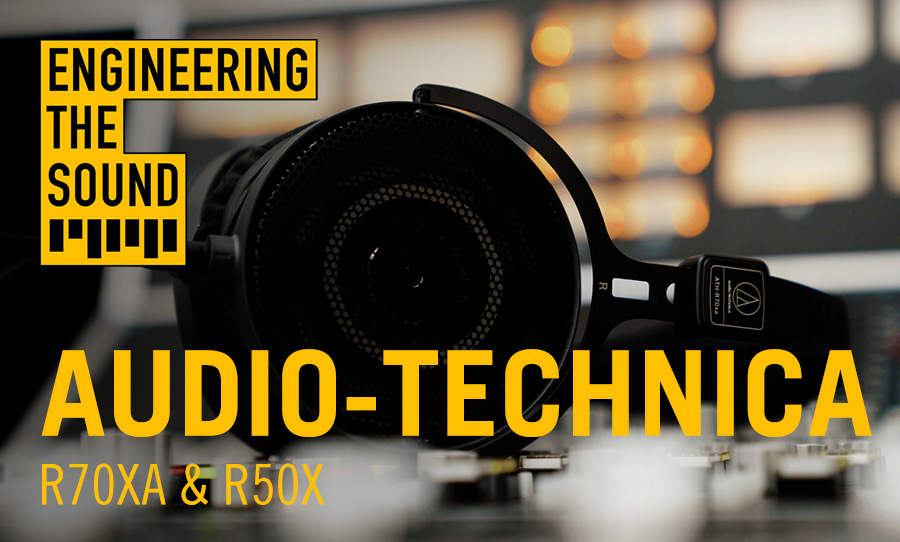We tested out the brand-new Avid MBOX Studio. It’s like the Hulk of the original Mbox, in its size, modern features and connections.
If you are in music you’ve surely heard of Avid. They make one of the industry standard DAWs — Pro Tools, as well as high-quality audio Interfaces like the HD I/O and the Pro Tools Carbon.
Their latest interface — the MBOX Studio — fuses the worlds of home and professional studios, taking that original game-changing idea of the first Mbox — to make home and smaller studios a more professional space in the audio world. With a bunch of useable features for the modern studio we took it for a test in the studio.
There’s some brilliant features on this, like an onboard reamper, and a built-in tuner — that uses the onboard talkback mic — AND Bluetooth In and Out. You can record via Bluetooth from your phone — use an app like a Moog Synth — or send your music to your car for the car test (listen to your mix in the car, where you listen to a lot of music!).
For analog inputs, it’s got 4 mic preamps all with combo jacks — so you can use them for mic/instrument or line inputs — an additional 4 line inputs for things like synths or outboard preamps, Optical I/O for up to 8 channels of ADAT and MIDI in and out.
There’s also 2 FX loops, 2 footswitch inputs — for controlling talkback and anything else you might think to assign, and S/PDIF (Sony/Philips Digital Interface) in and out. For outputs, there’s 2 headphone outputs with an independent mix control, and a main output and an alt output — for two sets of speakers.
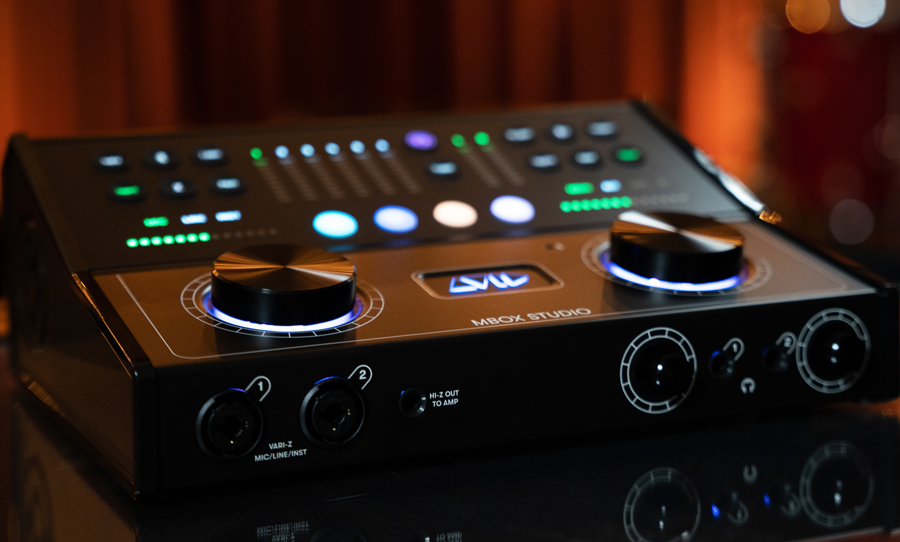
Everything is controlled by an array of easy-to-use buttons and two large rotary knobs on the unit — the left side is for inputs, and the right side is for outputs — and software called MBOX Control. With the 4 multi-function, user-assignable buttons in the centre, It’s in the MBOX control that you can dive deeper and route audio in and out, make headphone mixes and even add EQ, compression, delay and reverb.
While it does kinda present as a DJ deck, it’s colourful enough to add to the ambience of your space and sits arched up — feeling right at home as the centrepiece for your studio — whatever that might be, as it would work perfectly in a home and smaller project/production studio.
Aside from being an interface, it comes with Pro Tools Studio — the industry-standard version of Pro Tools, that’s got 130+ plugins. It’s fairly rare these days that an interface comes with software above the ‘lite’ or ‘limited version’.
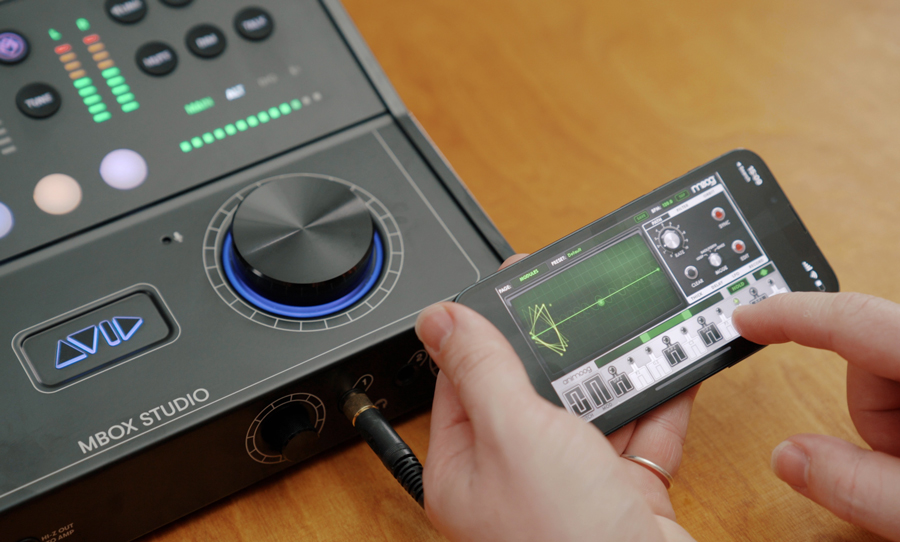
We loaded up a beat by Jonti from one of our Somewhere Sounds sample packs, and recorded an electric guitar straight in, then reamped it by sending out via the reamper to a Fender amp and recorded that, recorded a Moog synth on a phone via Bluetooth and clapped into the talkback microphone — as you can use that as an input.
It took longer to type the above sentence than actually doing it, and all without having to throw up too many microphones. The MBOX Studio has the modern musician in mind, as it seems Avid has obviously listened and researched to how musicians work in the studio. For workflow and getting ideas down, it was very easy to let the music flow. Bit of history repeating here!
I will say, I wish the reamper had it’s own software labelling in Pro Tools, as I had to test a few outputs to find out that it was output 7. Worth mentioning that the reamper shares the same analog path as output 7-8 on the back. Not sure if in the future they could be separate, but if so, that would add to the already large amount of I/O in the unit.
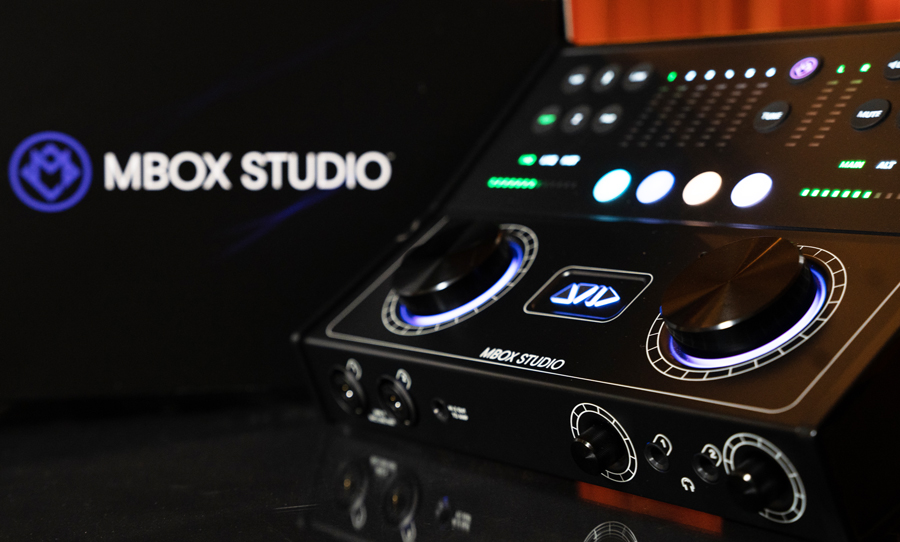
If you have been craving a jump up in ins and outs, or finding yourself limited in the studio — this is for you. If you find yourself craving a quicker way to get down musical ideas — this is for you.
I can see 3 people in the studio being recorded at once — connecting their devices via Bluetooth to easily share ideas — and all having enough headphones and mics around to make the session run smoothly.
I don’t know why I love this, but the one dedicated button on the unit that shows and hides the software on your computer screen made workflow so much easier. I suppose it’s about having everything at your fingertips, rather than reach over to wherever your computer is.
The MBOX Studio comes in at $1599 Australian dollars and you can get it from your favourite music shop. For more details on the new Avid MBOX Studio head over to Avid.com
